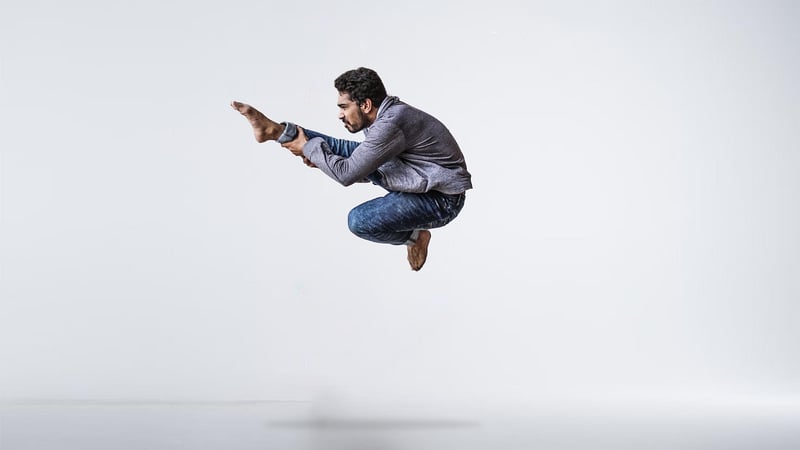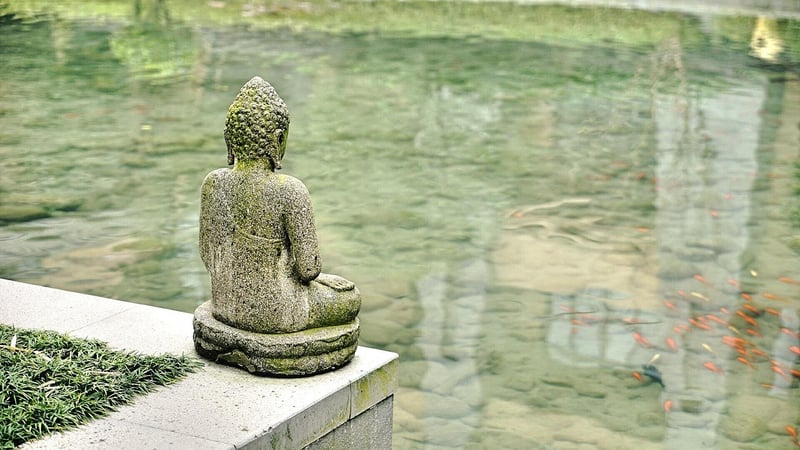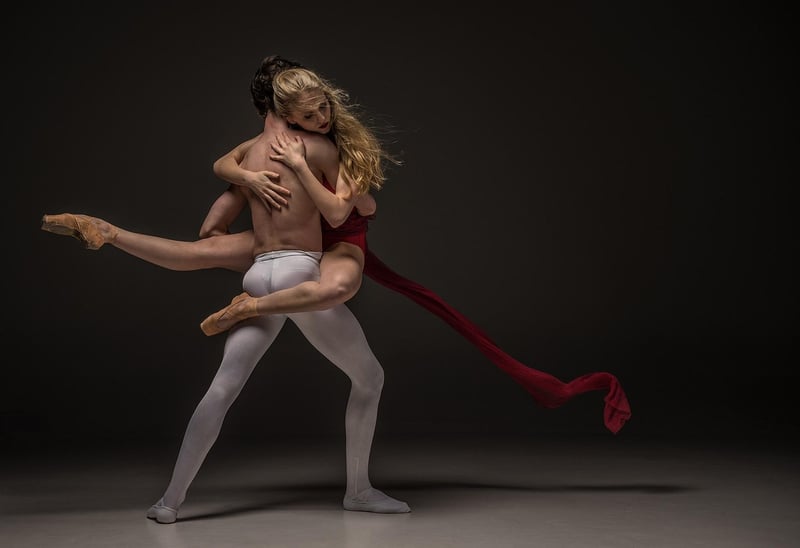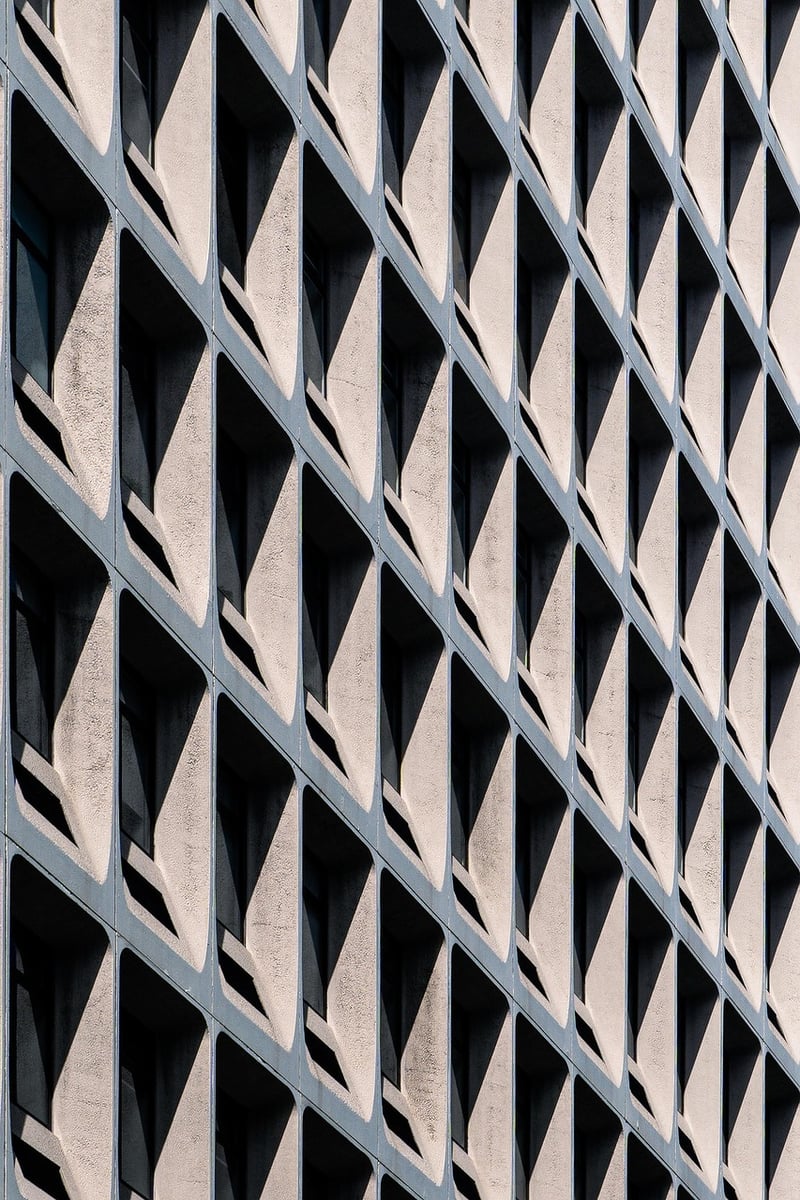Contemporary
Exploring Expressive Movement Forms in Contemporary Art
Expressive movement forms have long been an integral part of contemporary art, allowing artists to convey emotions, stories, and concepts through the physicality of the human body. In this article, we will delve into the world of expressive movement forms in the context of contemporary art, exploring their significance and impact on artistic expression.
The Power of Dance in Contemporary Art
Dance, as a form of expressive movement, has been a vital component of contemporary art. Through fluid movements, intricate choreography, and emotive gestures, dancers can communicate complex narratives and evoke profound emotions in viewers. Contemporary dance forms often blur the lines between traditional techniques and innovative styles, pushing the boundaries of expression and creativity.

Performance Art and Body Language
Performance art frequently incorporates expressive movement forms to create immersive and thought-provoking experiences for audiences. Artists use their bodies as a canvas, utilizing gestures, postures, and facial expressions to convey a range of themes, from personal identity to societal issues. The physicality of performance art challenges viewers to engage with the artwork on a visceral level, fostering a deeper connection between the artist and the audience.

Exploring New Dimensions through Kinetic Sculpture
Kinetic sculpture combines elements of sculpture and movement to create dynamic, interactive artworks that engage viewers in a multisensory experience. These sculptures often incorporate mechanical components or natural forces to induce motion, inviting viewers to observe and interact with the artwork from different perspectives. Through the fusion of movement and form, kinetic sculptures blur the boundaries between static art objects and living entities.

Embracing Diversity and Inclusivity in Movement Arts
Contemporary art embraces diversity and inclusivity, allowing artists from various backgrounds to explore and express themselves through movement. Inclusive dance programs, collaborative performances, and community-based projects provide platforms for artists of all abilities and identities to participate in the creative process. By celebrating diversity in movement arts, contemporary art opens new avenues for self-expression and cultural exchange.

Expressive movement forms continue to evolve and shape the landscape of contemporary art, offering artists innovative ways to communicate, connect, and inspire. Through dance, performance art, kinetic sculpture, and inclusive practices, artists push the boundaries of artistic expression, inviting audiences to explore new realms of creativity and imagination.
